Home>Articles>What Type Of Smoke Detector Is Best For Kitchen
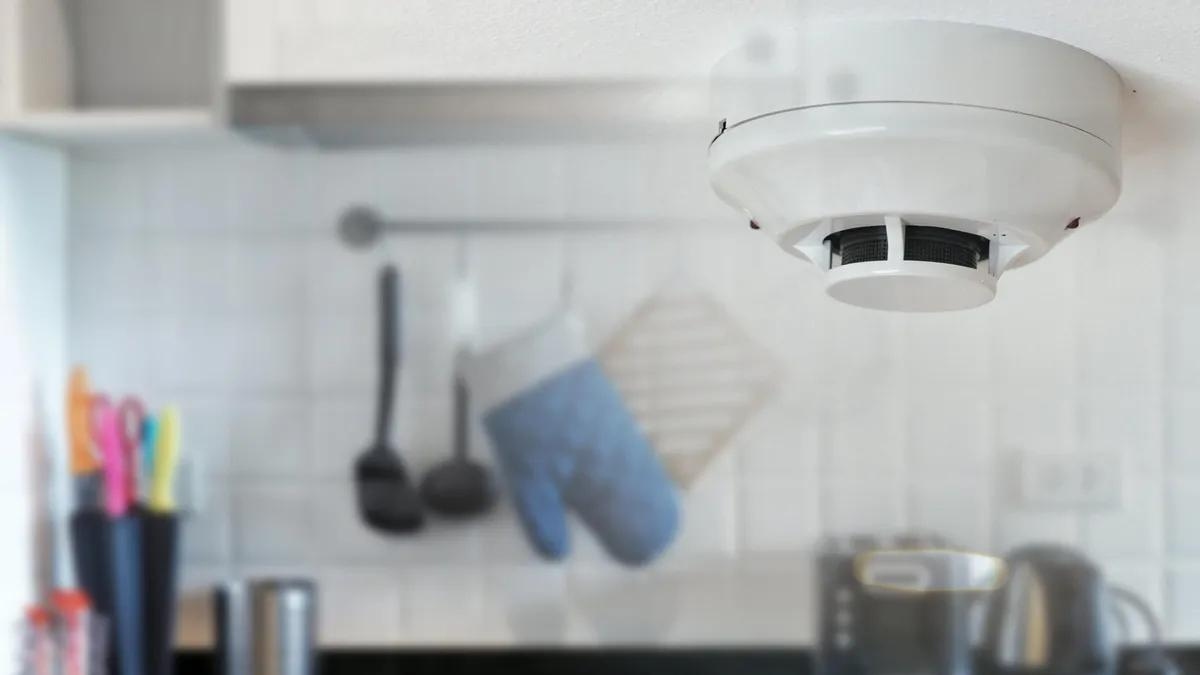

Articles
What Type Of Smoke Detector Is Best For Kitchen
Modified: January 18, 2024
Discover the best type of smoke detector for your kitchen in our informative articles. Ensure your safety with the right choice of smoke alarm.
(Many of the links in this article redirect to a specific reviewed product. Your purchase of these products through affiliate links helps to generate commission for Storables.com, at no extra cost. Learn more)
Introduction
Welcome to our comprehensive guide on choosing the best type of smoke detector for your kitchen. With the importance of fire safety in mind, it’s crucial to have a smoke detector specifically designed for kitchen use. The kitchen is the heart of the home, but it’s also a common area where cooking-related fires can occur.
Having a reliable smoke detector in your kitchen not only provides early detection of potential fire hazards but also gives you peace of mind. However, not all smoke detectors are created equal, and it’s essential to understand the different types available on the market.
In this article, we will explore the various types of smoke detectors and help you find the right one for your kitchen’s needs. We will discuss ionization smoke detectors, photoelectric smoke detectors, combination smoke detectors, and heat detectors. Each type has its own advantages and considerations, so let’s delve into each one to determine which is best for your kitchen.
Key Takeaways:
- Choose a combination smoke detector for your kitchen to effectively detect both fast-burning and smoldering fires, providing comprehensive fire protection and peace of mind.
- Prioritize proper placement, regular maintenance, and interconnectivity when selecting a smoke detector for your kitchen to ensure optimal performance and early fire detection.
Read more: Which Type Of Smoke Detector Is Best?
Ionization Smoke Detectors
Ionization smoke detectors are one of the most common types of smoke detectors used in residential settings. They work by using a small amount of radioactive material to ionize the air within the detector. When smoke particles enter the chamber, they disrupt the ionization process, triggering the alarm.
One of the key advantages of ionization smoke detectors is their ability to quickly detect flaming fires. These types of fires typically produce small, invisible smoke particles that can be detected more easily by ionization detectors. This makes them a good choice for areas such as kitchens where fast-burning fires are more likely to occur.
However, ionization smoke detectors may not be as effective at detecting smoldering fires, which tend to produce larger smoke particles that are less likely to disrupt the ionization process. This is an important consideration in the kitchen, as smoldering fires can arise from overheated cooking oil or other cooking materials.
Despite this limitation, ionization smoke detectors are still a valuable addition to any kitchen. They offer a reliable and affordable option for detecting flaming fires and can provide early warning in the event of a fire emergency. It is important to note that ionization smoke detectors may also be more prone to false alarms, especially when installed in close proximity to cooking appliances.
When installing an ionization smoke detector in your kitchen, it is crucial to place it at a safe distance from the cooking area to minimize false alarms while still ensuring optimal detection capabilities. Additionally, regular testing and maintenance are essential to ensure the detector is functioning properly.
Photoelectric Smoke Detectors
Photoelectric smoke detectors are another type of smoke detector commonly used in residential settings, including kitchens. These detectors operate by using a light source and a light sensor. When smoke particles enter the chamber, they scatter the light, triggering the alarm.
One of the key advantages of photoelectric smoke detectors is their effectiveness at detecting smoldering fires. Smoldering fires tend to produce larger smoke particles that can easily scatter the light in the detector, activating the alarm. This makes photoelectric detectors a suitable choice for kitchen areas where slow-burning fires, such as those caused by overheated cooking materials, can occur.
Another benefit of photoelectric smoke detectors is their reduced likelihood of false alarms. These detectors are less sensitive to aerosols or steam produced by cooking activities, which helps minimize false alarms in the kitchen. This can save homeowners from unnecessary disruptions and ensure that the detector is only activated by actual smoke particles.
While photoelectric smoke detectors excel at detecting smoldering fires, they may have a slightly slower response time to flaming fires compared to ionization detectors. However, the difference in response time is minimal, and both types of detectors provide adequate protection in most scenarios.
When installing a photoelectric smoke detector in your kitchen, consider placing it away from cooking appliances to avoid any direct exposure to smoke or steam. This will help maintain the detector’s accuracy and reduce the risk of false alarms.
It’s worth noting that some smoke detectors on the market combine both ionization and photoelectric technologies to provide dual detection capabilities. These combination smoke detectors offer the benefits of both types and can be a suitable option for kitchens where a variety of fire hazards may be present.
Regular testing and maintenance are essential for photoelectric smoke detectors to ensure they are in proper working condition. Checking the batteries and conducting regular tests will help ensure that the detector is ready to detect and alert you to any potential fire hazards in your kitchen.
Combination Smoke Detectors
Combination smoke detectors, as the name suggests, incorporate multiple detection technologies, typically combining ionization and photoelectric technologies. These detectors offer a comprehensive approach to fire detection and are well-suited for kitchens where a variety of fire hazards may be present.
The benefit of combination smoke detectors lies in their ability to detect both flaming and smoldering fires effectively. By combining the strengths of ionization and photoelectric technologies, these detectors provide a higher level of fire detection accuracy, reducing the risk of false alarms.
Having a combination smoke detector in your kitchen ensures that you are covered in various fire scenarios. Whether it’s a fast-burning fire caused by flaming grease or a slow-burning fire resulting from smoldering cooking materials, a combination detector will provide early detection and give you valuable time to respond and take appropriate action.
When installing a combination smoke detector in your kitchen, it’s important to follow the manufacturer’s guidelines on placement. Usually, these detectors should be installed away from cooking appliances to minimize false alarms caused by cooking activities or steam. Placing them in a central location within the kitchen or outside the kitchen entrance is often recommended.
Like all smoke detectors, combination smoke detectors require regular testing and maintenance to ensure optimal performance. Check the batteries regularly, and conduct tests according to the manufacturer’s instructions to make sure the detector is functioning correctly.
It’s crucial to understand that combination detectors may come at a higher cost compared to individual ionization or photoelectric detectors. However, the added benefits of dual detection capabilities make them a worthwhile investment, providing enhanced fire safety for your kitchen and home.
Remember, regardless of the type of smoke detector you choose for your kitchen, it’s essential to have one installed. The early detection and warning provided by a smoke detector can be life-saving in the event of a fire. Make sure to prioritize fire safety by regularly testing your smoke detectors and replacing batteries as needed.
For the kitchen, it’s best to use a photoelectric smoke detector. It’s less likely to be set off by cooking fumes, but still provides early detection of smoldering fires.
Heat Detectors
Heat detectors are a type of fire detection device that differ from traditional smoke detectors. Instead of sensing smoke particles, heat detectors are designed to trigger an alarm when they detect a rapid rise in temperature. These detectors are commonly used in areas where smoke or steam is prevalent, such as kitchens.
Heat detectors are particularly useful in kitchens because they are less prone to false alarms caused by cooking activities or steam compared to smoke detectors. They are designed to respond to high temperatures, which can indicate the presence of a fire or an imminent fire hazard in the kitchen.
There are two main types of heat detectors: fixed temperature detectors and rate-of-rise detectors.
Fixed temperature detectors are set to trigger an alarm when the temperature exceeds a predetermined threshold. Once the temperature reaches this threshold, the alarm is activated, alerting occupants to the potential fire hazard. These detectors are suitable for areas where a specific temperature increase is expected during normal operation, such as above cooking appliances.
Rate-of-rise detectors, on the other hand, are designed to detect a rapid rise in temperature within a short period. They are triggered when the temperature increases at a certain rate, indicating the possibility of a fire. Rate-of-rise detectors are particularly effective in detecting fast-burning fires or fires resulting from flammable liquids.
When installing heat detectors in your kitchen, it’s important to place them strategically to ensure optimal performance. Consider installing fixed temperature detectors above cooking appliances, while positioning rate-of-rise detectors in areas where fires are more likely to occur, such as near stovetops or near flammable materials.
It’s worth noting that heat detectors should not be considered a replacement for smoke detectors in the kitchen. While heat detectors are effective in detecting temperature changes and high heat levels, they do not provide early warning for smoldering fires or fires that produce large smoke particles.
Regular testing and maintenance are crucial for heat detectors to ensure their effectiveness. Test the detectors according to the manufacturer’s instructions and make sure they are free from any obstructions that could inhibit their performance.
When combined with smoke detectors, heat detectors can provide comprehensive fire detection and protection for your kitchen. By having both types installed, you can minimize the risk of false alarms while ensuring the early detection of any fire-related hazards.
Factors to Consider for Kitchen Smoke Detectors
When selecting a smoke detector for your kitchen, there are several important factors to consider to ensure optimal performance and safety. Here are some key factors to keep in mind:
- Detection Capability: Consider the type of fire hazards commonly found in kitchens. Fast-burning fires may require an ionization smoke detector, while smoldering fires are better detected by photoelectric detectors. Combination smoke detectors provide dual detection capabilities, offering a balanced approach.
- Placement: Proper placement of the smoke detector is crucial. Install it away from cooking appliances to minimize false alarms. However, ensure it is still within the recommended distance to effectively detect any potential fire hazards in the kitchen.
- Power Source and Battery Life: Smoke detectors can be powered by batteries or connected to the electrical system. Consider your preference and the availability of power sources. Opt for detectors with long-lasting batteries or those that have features to alert you when the battery needs replacement.
- Alarm Volume: The alarm of a smoke detector should be loud enough to wake you up and alert you in case of an emergency. Check the decibel rating of the alarm before making a purchase.
- Maintenance: Regular maintenance is essential for smoke detectors to ensure they are functioning correctly. Opt for detectors with easy-to-access testing and maintenance features.
- Interconnectivity: Consider the ability to interconnect multiple smoke detectors within your home. When one detector is triggered, all interconnected detectors will sound the alarm, providing a higher level of safety and faster response time.
- Compliance with Regulations: Ensure that the smoke detector you choose complies with local regulations and safety standards.
- Price and Warranty: Consider your budget when selecting a smoke detector. Compare prices and look for detectors that offer a warranty to protect your investment.
It’s important to thoroughly research and compare different brands and models of smoke detectors before making a purchase. Consider reading customer reviews and consulting with professionals to make an informed decision based on your specific requirements.
Remember, a smoke detector is a crucial safety device in your kitchen. It provides early detection and warning, allowing you and your loved ones to evacuate in a timely manner and potentially avoid a disaster. Make fire safety a priority and ensure your kitchen is equipped with a reliable and efficient smoke detector.
Conclusion
Choosing the best type of smoke detector for your kitchen is essential for ensuring the safety of your home and loved ones. Each type of smoke detector – ionization, photoelectric, combination, and heat detectors – has its own strengths and considerations.
Ionization smoke detectors are effective at quickly detecting flaming fires, while photoelectric detectors excel at detecting smoldering fires. Combination smoke detectors offer dual detection capabilities, providing comprehensive coverage in the kitchen. Heat detectors, on the other hand, detect rapid temperature increases, making them ideal for areas prone to smoke or steam.
Factors to consider when selecting a smoke detector for your kitchen include detection capabilities, proper placement, power source and battery life, alarm volume, maintenance requirements, interconnectivity, compliance with regulations, and price.
Remember to install the smoke detector in a location that is away from cooking appliances but still within range to detect any fire hazards in the kitchen. Regularly test and maintain the smoke detector to ensure it is functioning correctly.
By carefully considering these factors, you can select the best smoke detector for your kitchen to provide early detection and warning in the event of a fire.
Ultimately, the safety of your kitchen and home should be a top priority. Investing in a reliable and efficient smoke detector is a small price to pay for the peace of mind that comes with knowing that you are well-prepared to handle any potential fire emergencies.
Take the time to research and choose the right smoke detector for your kitchen. It may just be the decision that saves lives and protects your property in the future.
Frequently Asked Questions about What Type Of Smoke Detector Is Best For Kitchen
Was this page helpful?
At Storables.com, we guarantee accurate and reliable information. Our content, validated by Expert Board Contributors, is crafted following stringent Editorial Policies. We're committed to providing you with well-researched, expert-backed insights for all your informational needs.
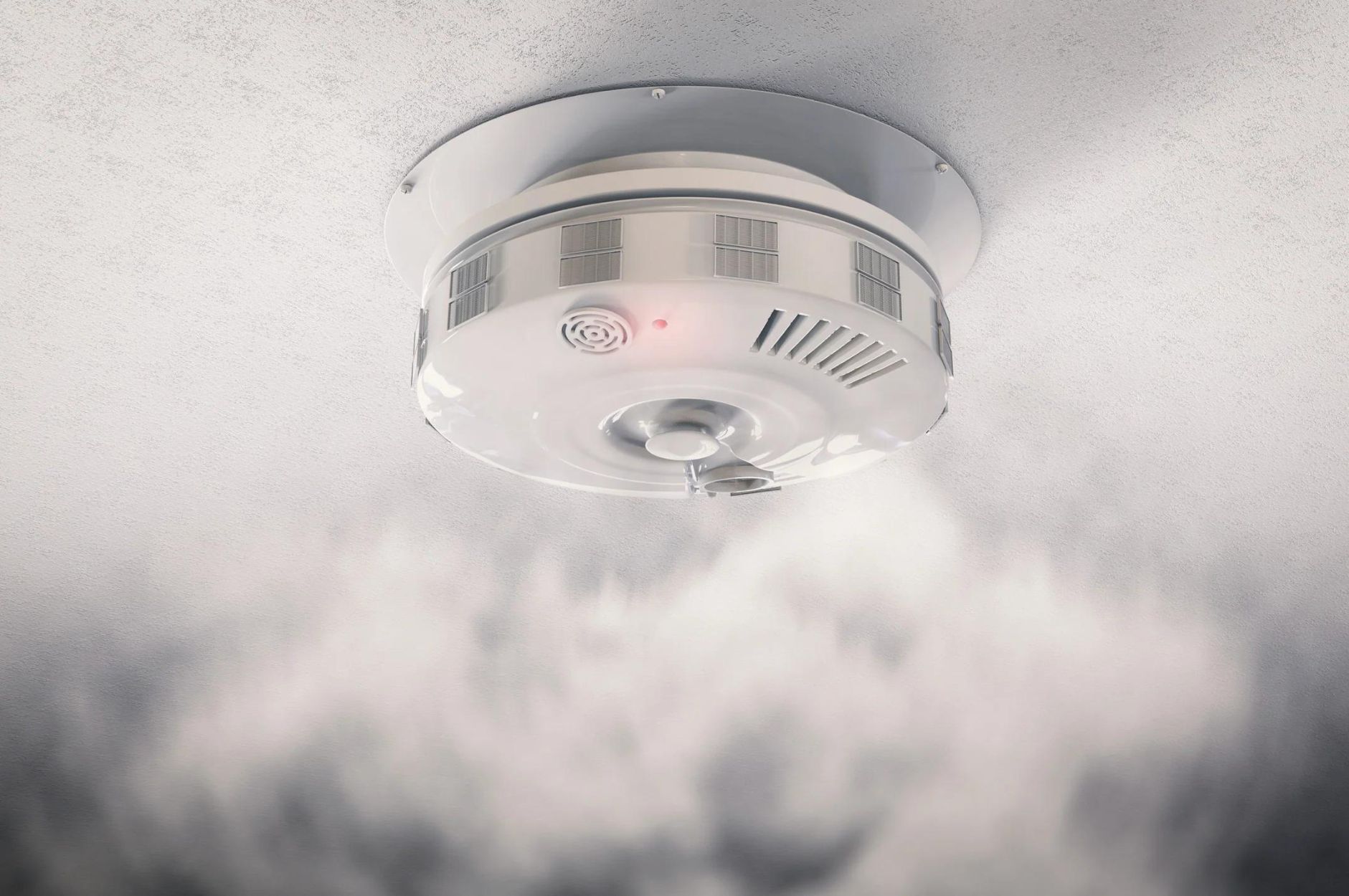
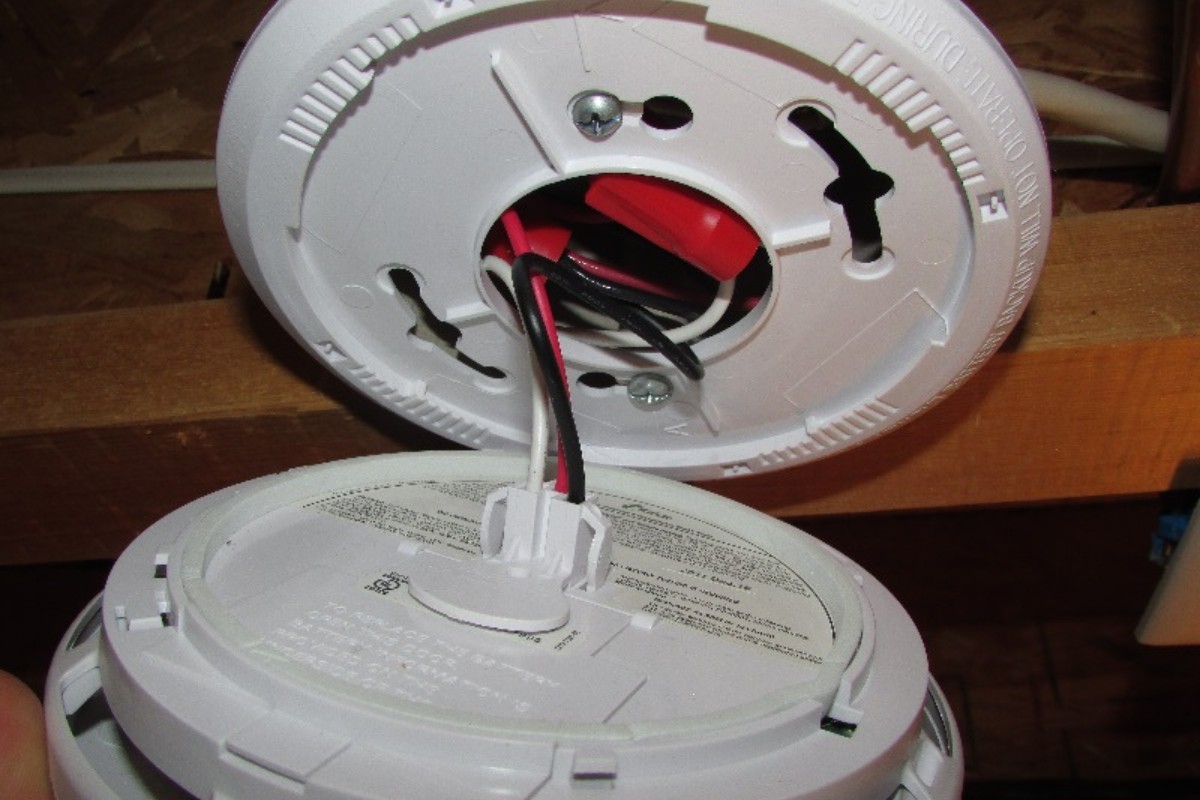
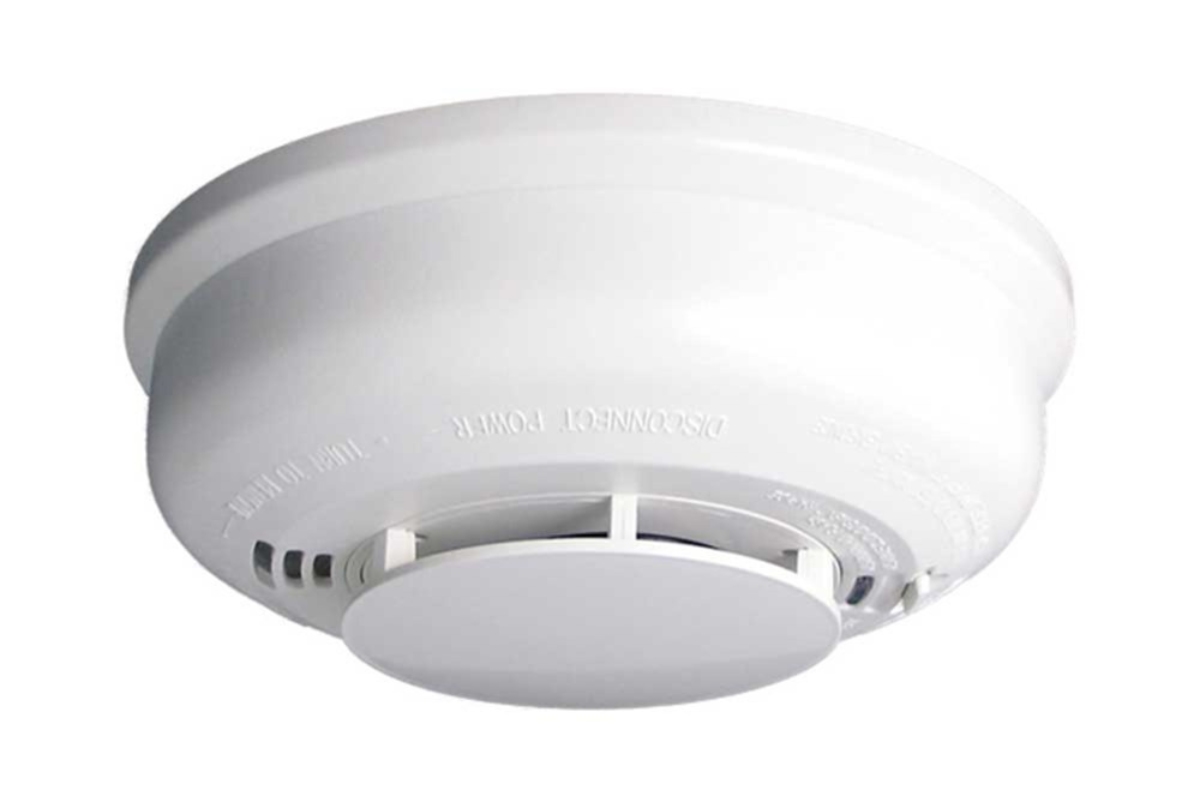
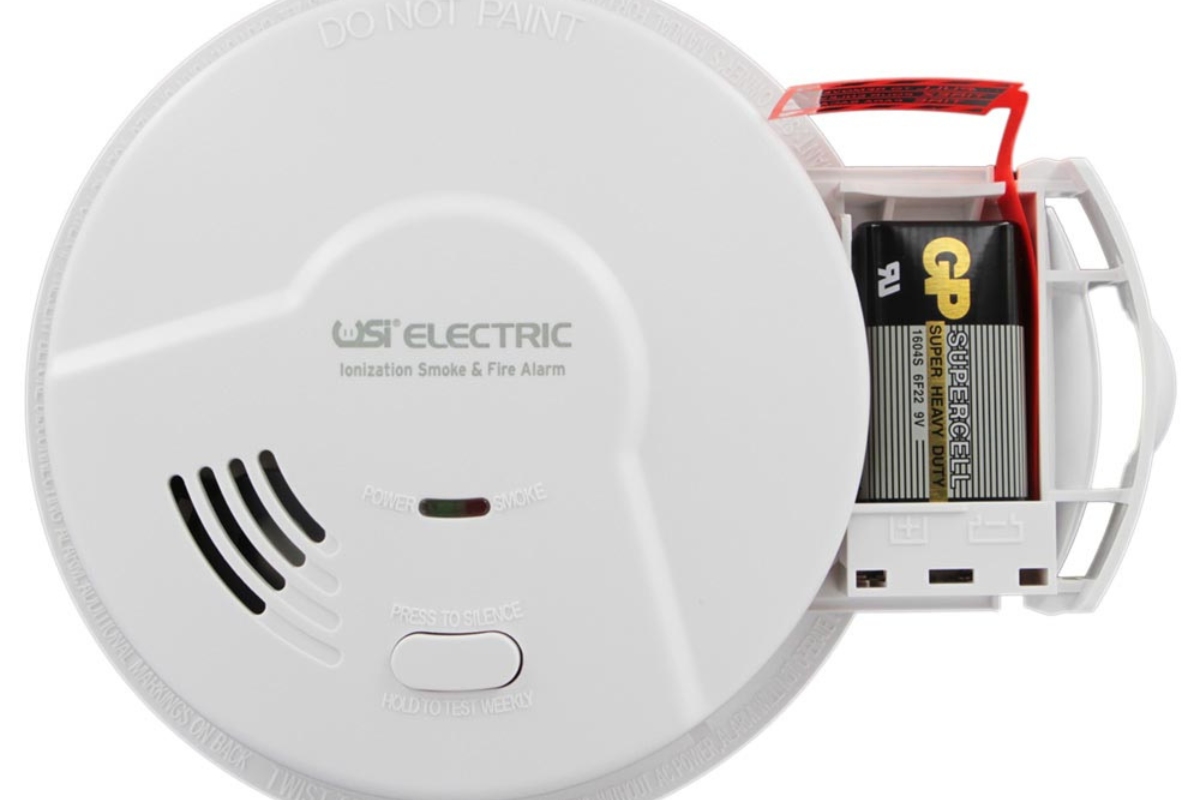
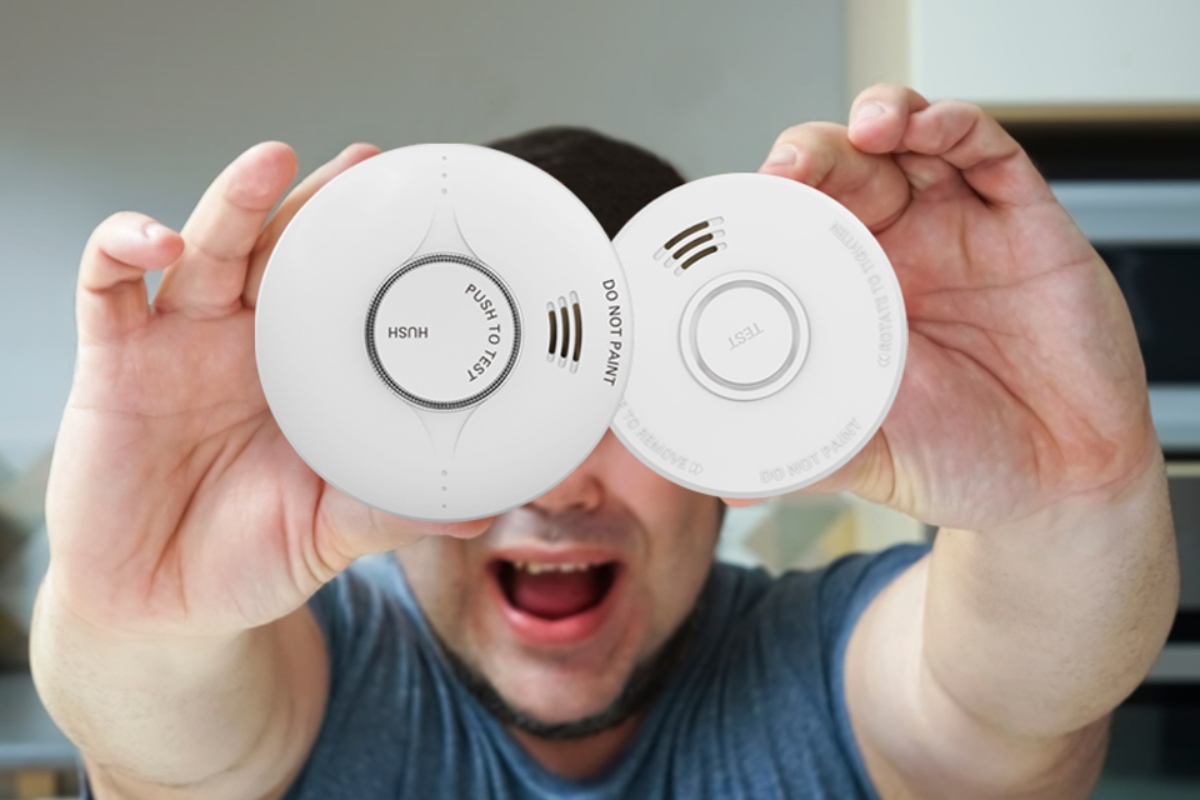
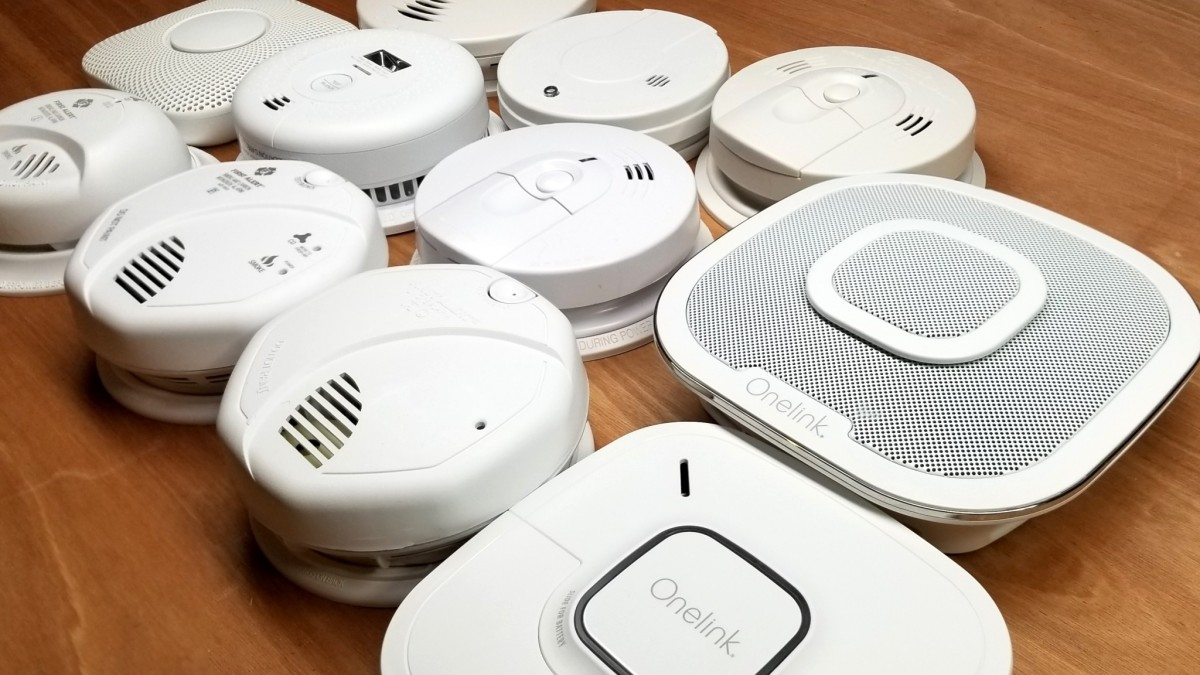
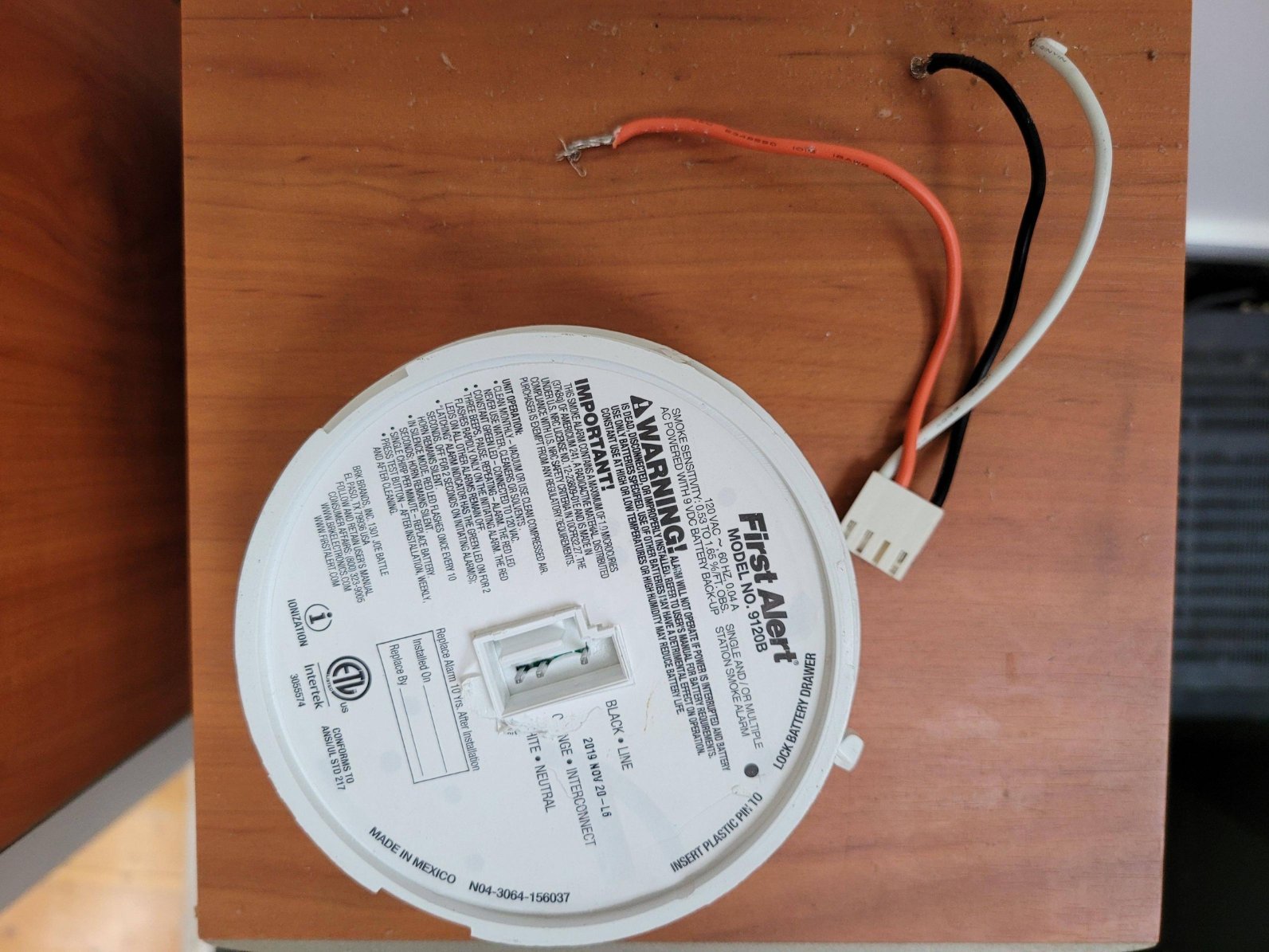

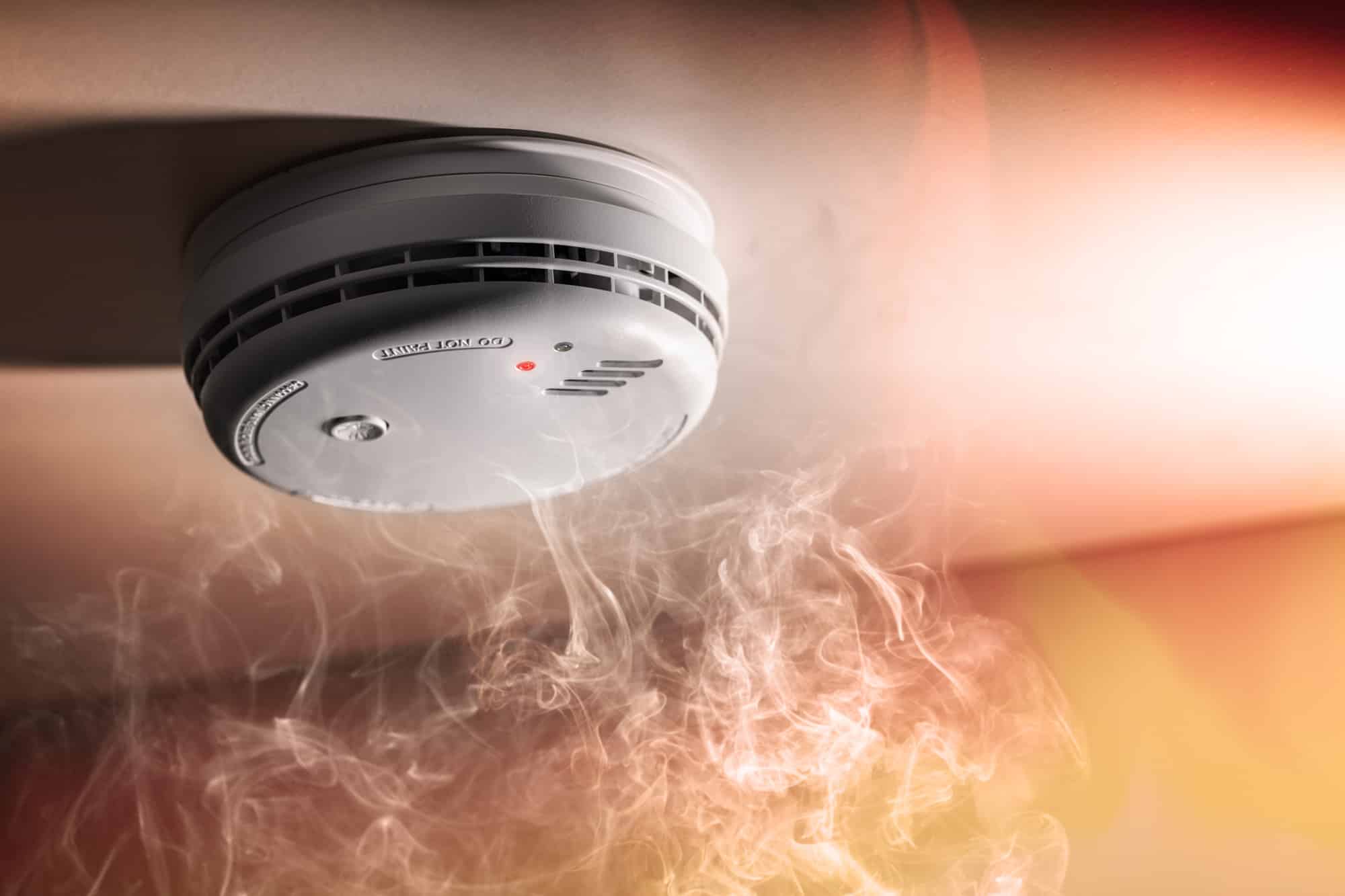
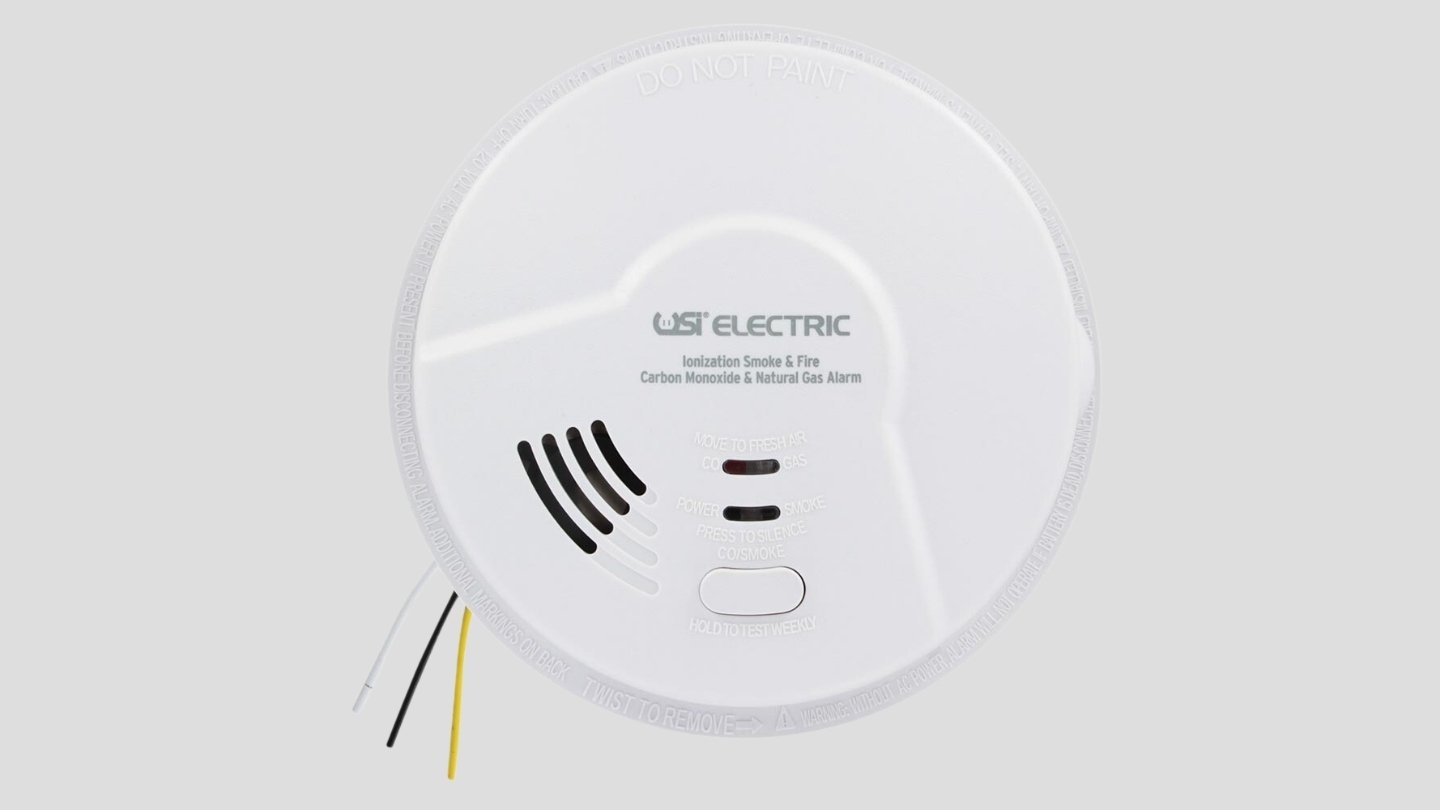
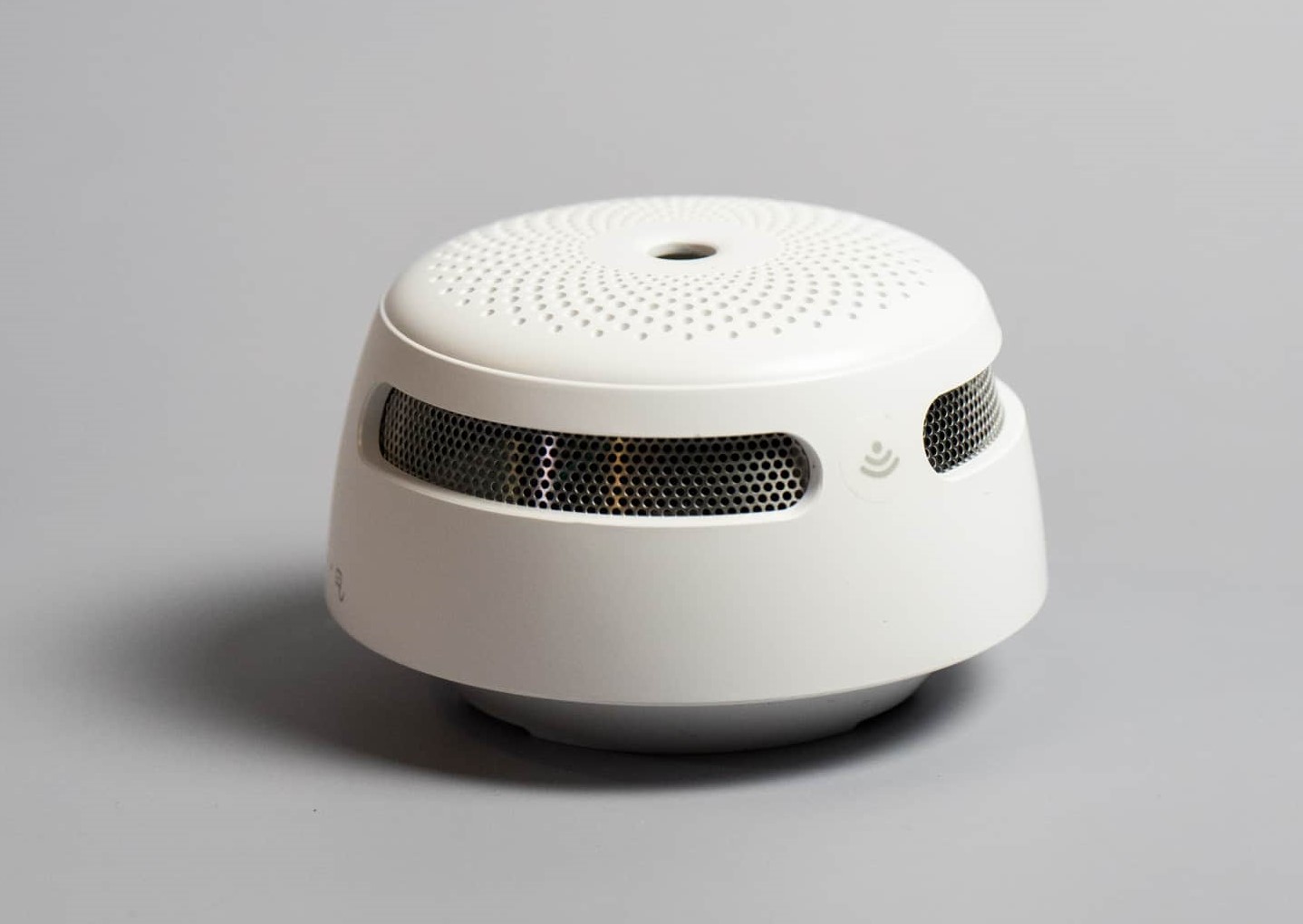
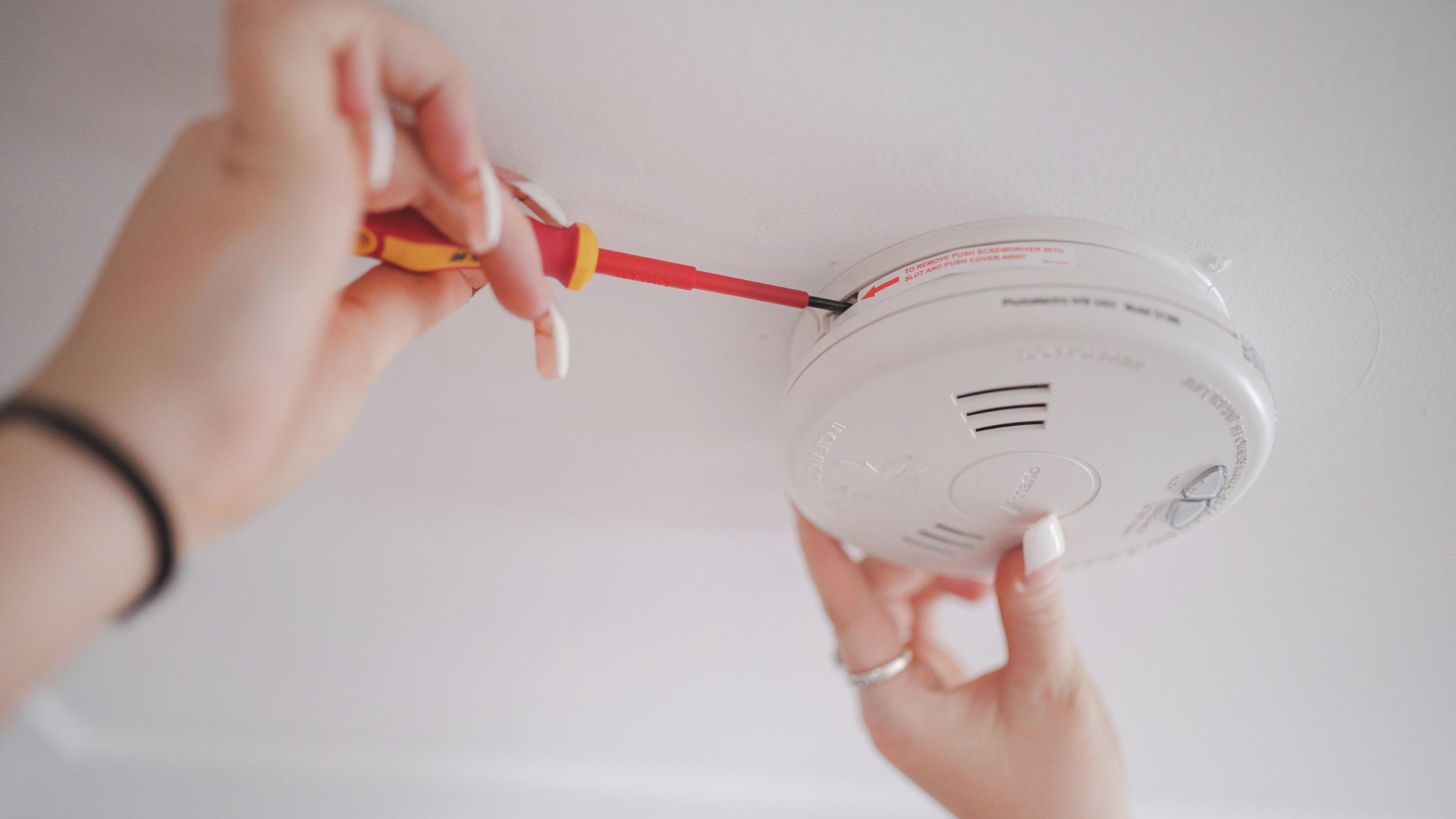
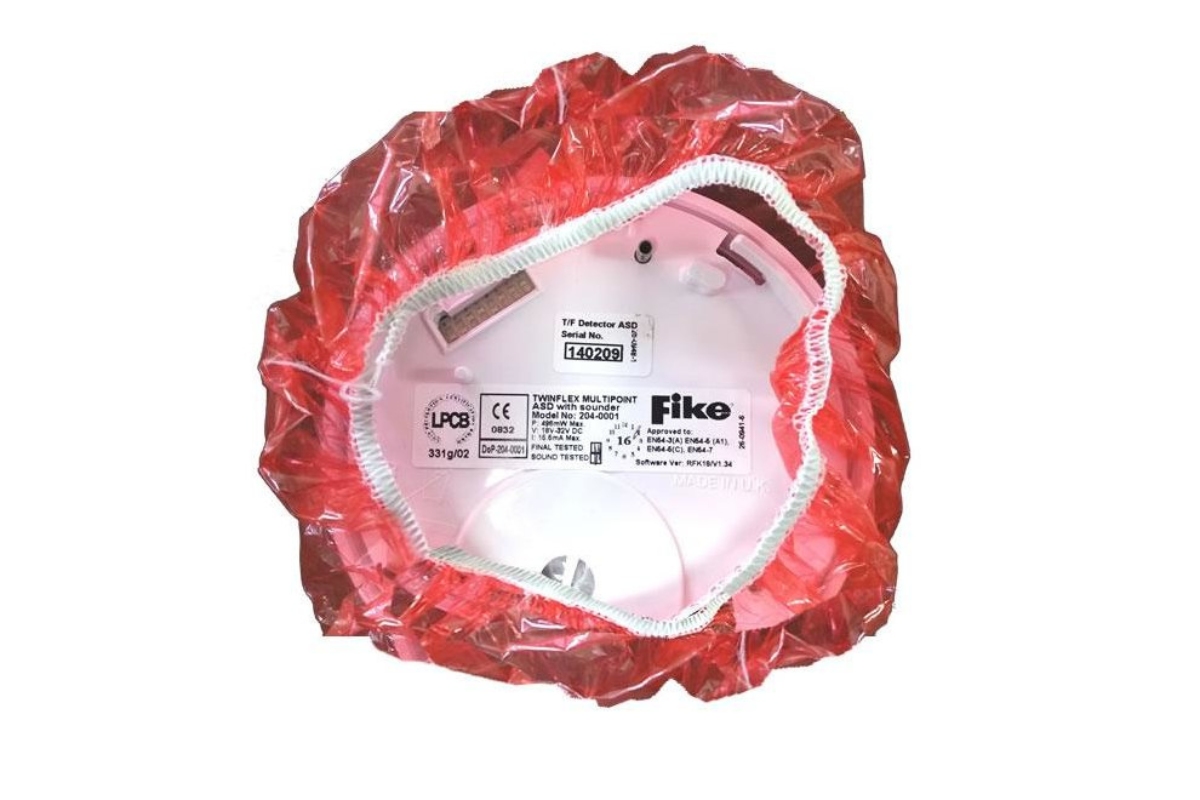
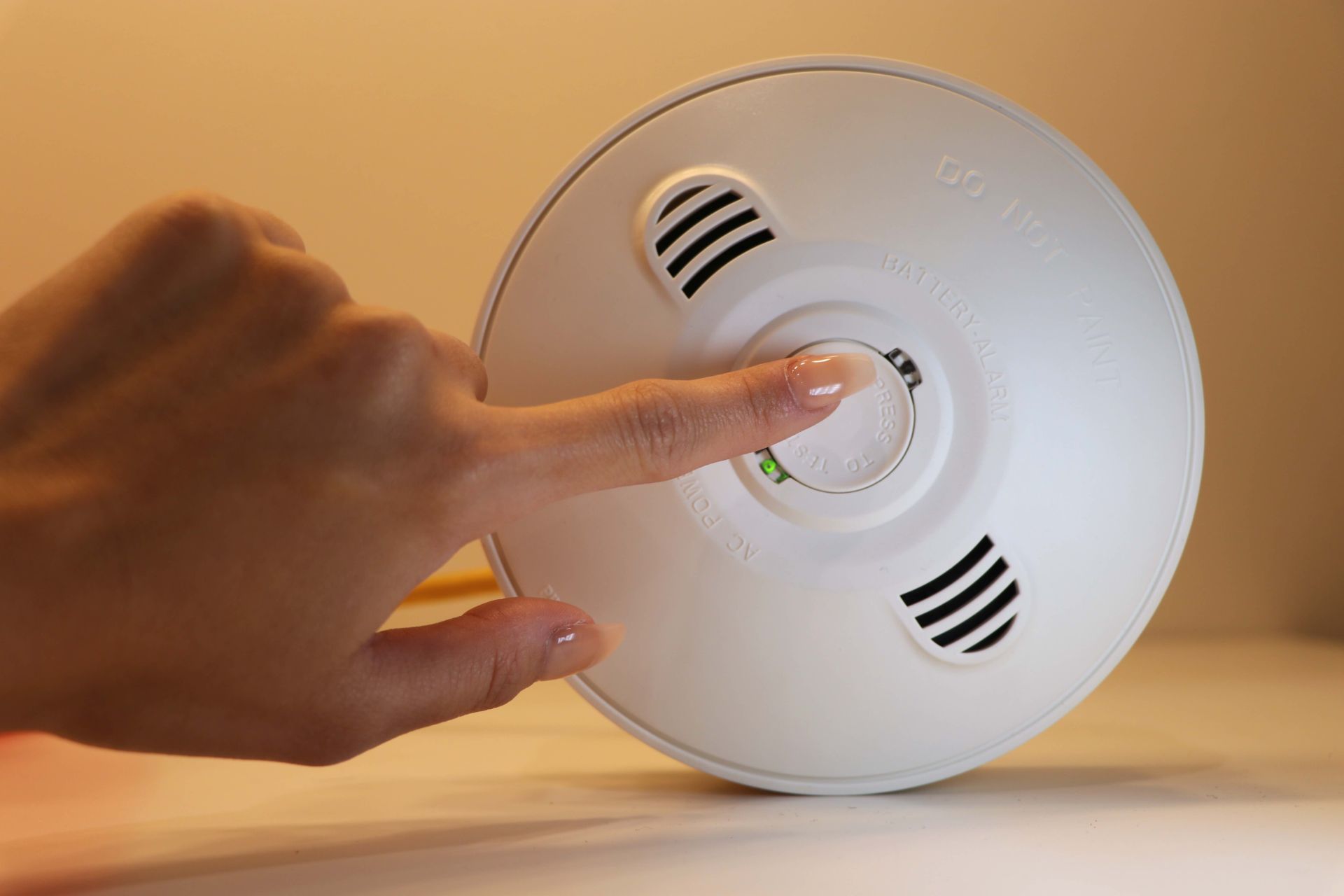

0 thoughts on “What Type Of Smoke Detector Is Best For Kitchen”